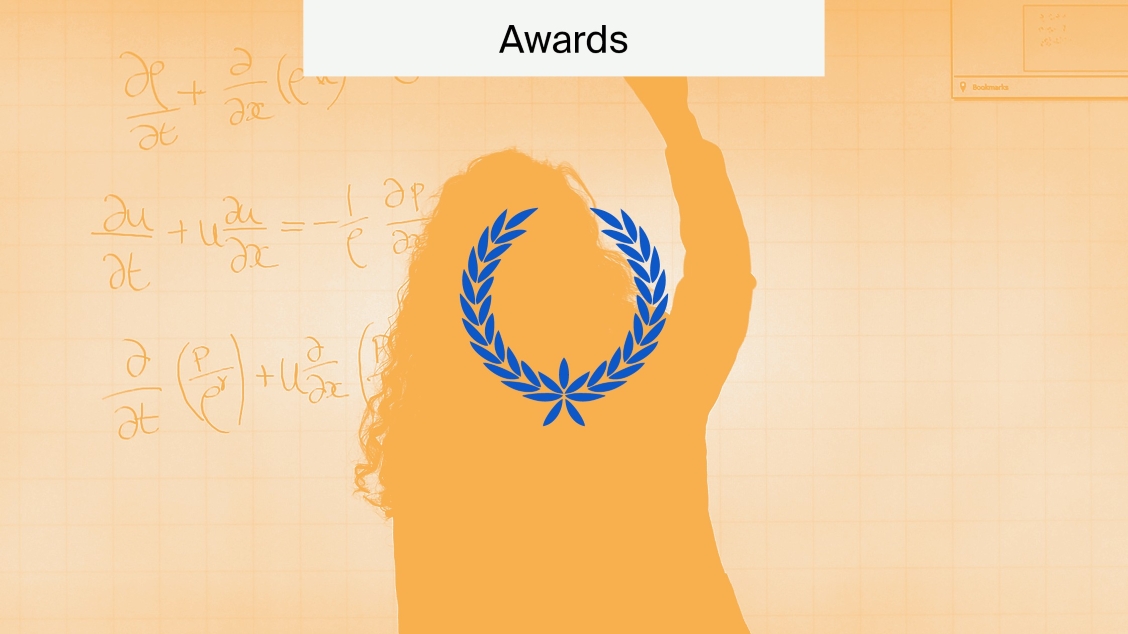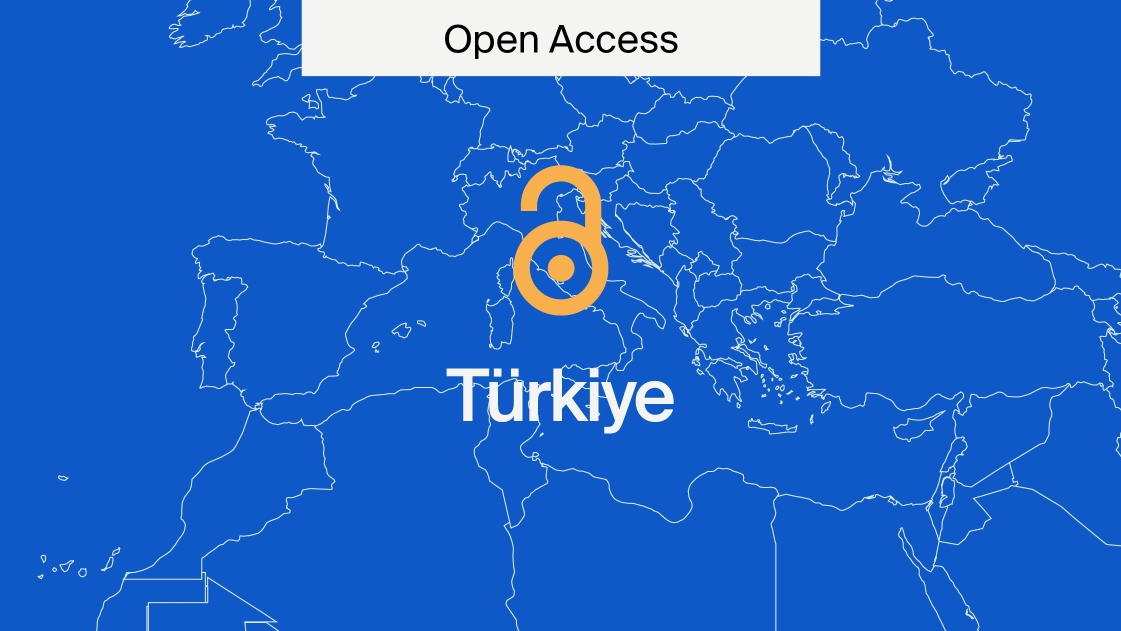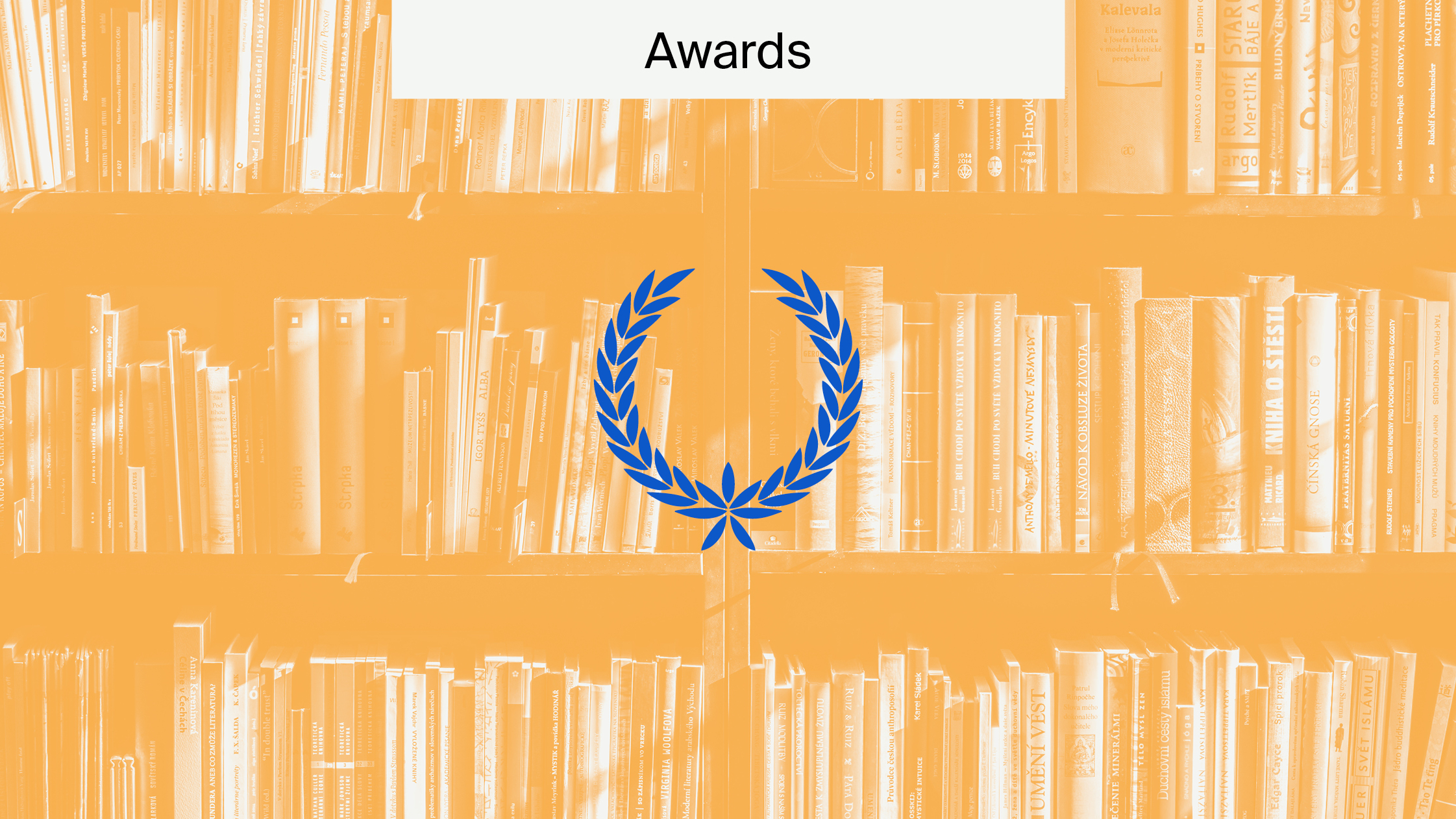
Impact of Open Access on the Scientific Community
As mentioned in a previous post, a major advantage of making your research open access (OA) is increased visibility. Anyone can freely access and download the full text, making your work more available and visible, which also leads to an increase in article citations. It has become widely accepted in the scientific community that OA promotes knowledge and enables innovation. In light of this, in May 2016, the European Council of Ministers set a goal of immediate Open Access to scientific journal articles by 2020. But what impact has this had on the scientific community?
Lack of awareness about Open Access
Some researchers are still not fully aware of the benefits of OA or are skeptical about any direct positive impact. To provide further context, a number of studies have been conducted to analyze and assess the impact of Open Access publications on the scientific community.
Benefits of Open Access
Many studies confirmed that OA papers gain more traffic and citations, with one recent study revealing a citation advantage for OA journals of at least 10–20%. Another study, conducted by researchers at Loughborough University, UK, measured the effect of free access to the scientific literature on article downloads and citations by examining 4633 articles published in journals covering various scientific disciplines. Only 49% of the articles were OA, but they had an average citation count of 9.04, while non-OA articles had a lower citation count, at only 5.76.
The publication of journal articles in Open Access is now very common. However, OA book publishing is gaining increasing momentum, with more and more initiatives being launched. For example, MDPI Books publishes monographs (short or full-length), edited books, proceedings, doctoral theses and Special Issue Reprints in full OA. As with most OA book vendors, the book is free to view online and you can order a physical copy directly from MDPI or through global networks (including the USA, Europe, and Australia) and familiar channels (e.g., Amazon). A great resource for finding Open Access is the Directory of Open Access Books (DOAB).
The Impact of Open Access on the Scientific Community
Springer Nature has recently published a report presenting the first major comparative analysis of usage data for OA and non-OA scholarly books. The study showed, along with journal articles, that books also benefit from OA publication. The study concluded that OA books have an increased performance, being downloaded 7 times more and having a citation count 50% higher than non-OA.
While it can increase the level of citations, OA is not the only factor that shapes citations to published work. The reputation of the journal, the promotion undertaken by the publisher, and the field of research can have a significant impact on the citation level. Overall, however, a growing body of work confirms the positive impact of Open Access on citations and visibility.
If you want to learn more about Open Access, we publish plenty of content that may interest you.










